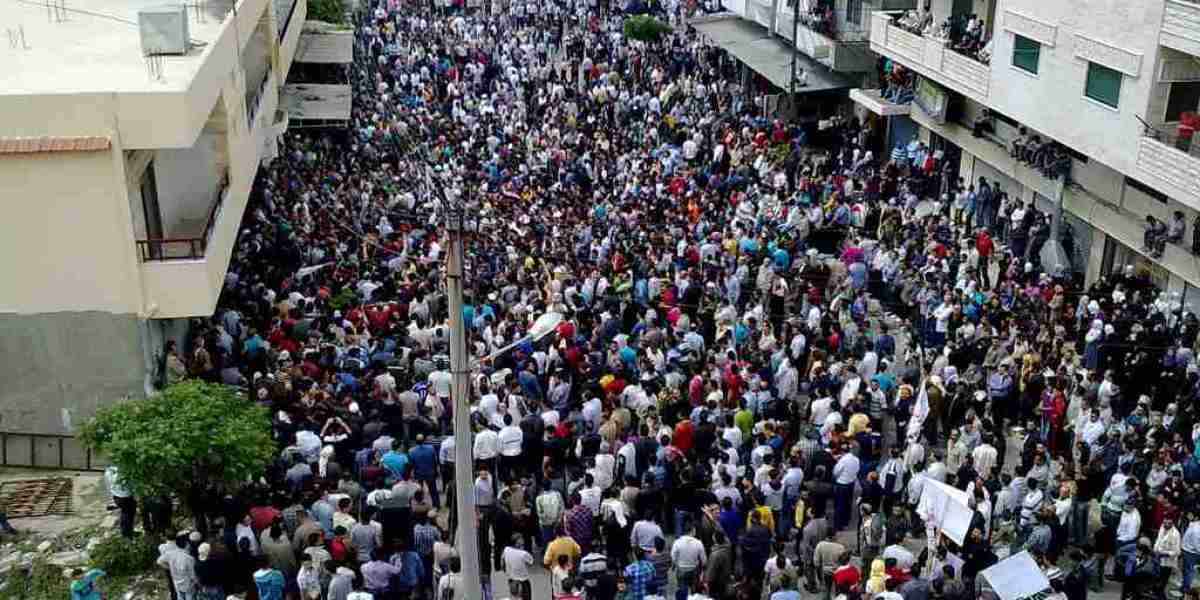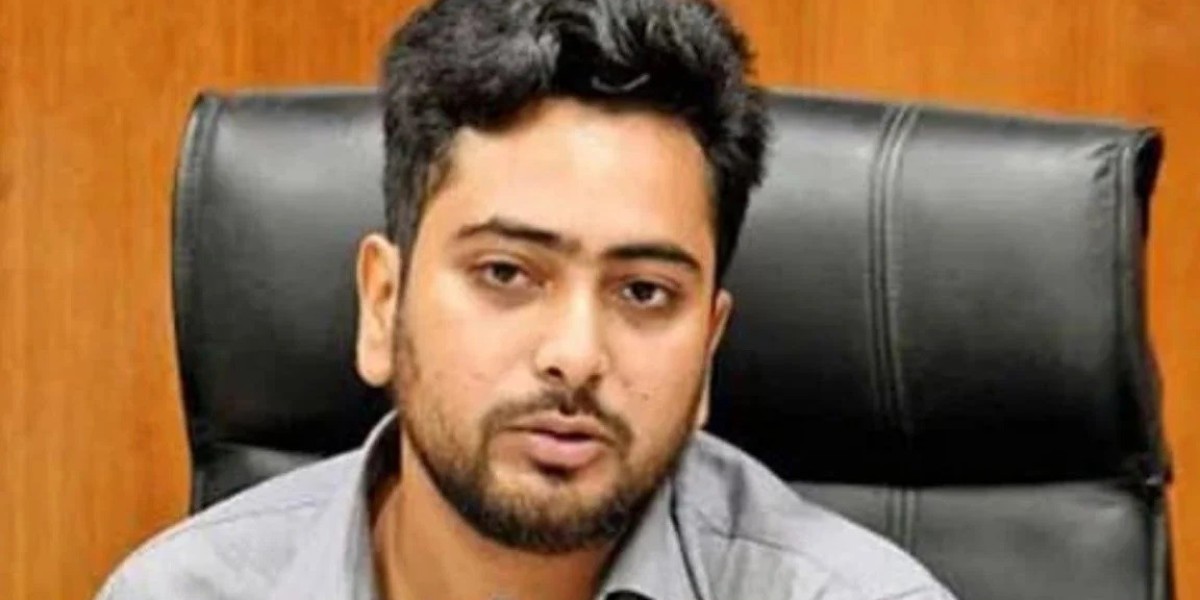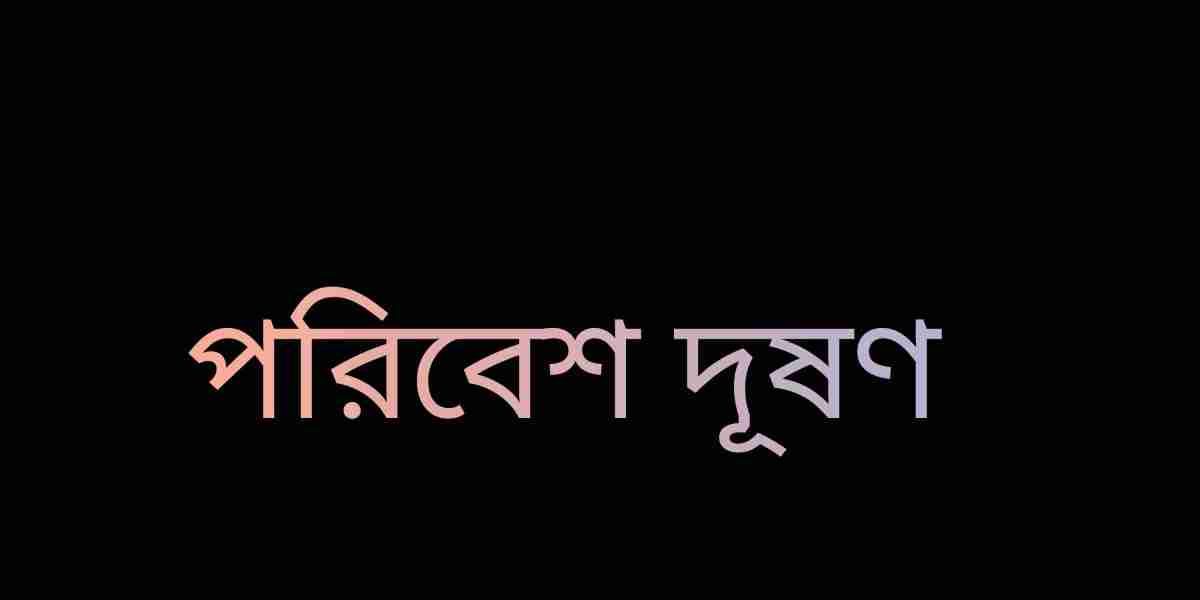Jumbangla Desk: The history of Ishwardi Banarasi weaving industry in Pabna is about hundred years. During the British rule, Banarsi artisans of Uttar Pradesh, India settled in Fateh Mohammadpur area of Ishwardi town.
After settlement, artisans started weaving elite sarees including Banarsi-Katan in Fateh Mohammadpur area. Inspite of various crises and problems, about two hundred weavers of Banarasi are currently holding on to this profession of their forefathers. Benarsi Palli was built in Fateh Mohammadpur area by government allocation to make the Benarsi weaving industry of Ishwardi more modern and up-to-date. But that too is now on the way to closure.
Even after 20 years of its establishment, the village of Banarasi has not been completed due to various obstacles including the increase in the price of woven goods including yarn, chumki and the domestic market in Indian Banarasi. Vast areas of the countryside are covered only with scrub and jungle. Many loom workers working in rural factories have changed their profession.
It is known that in 2004 Bangladesh Textile Board built the country's second largest Banarsi village on 5 and a half acres of land in Fateh Mohammadpur area at a cost of 2 crore 15 lakhs. 90 plots have been allotted to 90 weavers to facilitate payment of plot installments over 20 years. Of these, 70 are 3 percent plots and 20 are 5 percent plots. Out of 90 plots only seven plots have been set up but three are operational.
It has been seen on the ground that the brick walls for setting up the factory have been seen, but their construction work has not been completed. As most of the plots are not set up with factories, the entire countryside has now turned into scrub and jungle. There are no officers or employees except an officer-in-charge for the upkeep of Banarsi village. A single officer is also performing the additional responsibility of looking after the loan distribution and collection of the weavers of Atgharia upazila, in addition to the responsibility of the entire Banarsi village.
Some of the loom owners of the plots allocated in Fatehmahmadpur Benarsi village said that we do not have the capital to build a factory in Benarsi village even though the plots are allotted in installments. I have been doing business since my grandfather's time by building a factory in the abandoned railway area around Banarsi village. Now business condition is not very good. The business of Banarasi weavers is now in recession due to various obstacles including yarn price increase, labor shortage.
They also said that there were about 450 Banarasi weaving factories during the Pakistan period even before the government allocation. About seven thousand people of this region were involved in this industry. Many people have gradually pulled themselves out of the Banarasi weaving industry due to the loss of Indian sub-standard sarees in the country market and increasing prices of all weaving materials including yarn, chumki.
Three factories are operating in the countryside, namely, Zaman Textile, a cloth factory of Sirajganj's Belkuchi Upazila, and Shanjida Saree Factory, owned by a local weaver.
The artisans working there said, once our hand-made Banarsi-Katan was popular. Sarees priced between Tk 10,000 and Tk 30,000 are made here. The labor cost of weaving Banarsi-Katan made on handlooms ranges from 3 to 8 thousand rupees. Due to the arrival of Indian cheap sarees in the market, there are no buyers for these sarees. Although there was an official plan to set up a yarn processing factory in Banarasi village, it did not happen. The yarn has to be processed from Dhaka's Mirpur for about 1000 taka per saree.
Owner of Sanjida saree factory. Nasim Uddin Tutul said, I have been in this profession for 30 years. Banarasi weavers have never seen such misery before. At the beginning of 2020, yarn for making sari was 2 thousand taka a bundle (four and a half kg). And now it is 4 thousand rupees. The price of yarn has doubled in just two years. But the price of the saree has not increased even one rupee. A typical Jamdani saree costs 2700 rupees now and in 2020 it used to cost 1900 rupees. In just two years, the cost of making a saree has increased by Rs. 800. But that saree is still selling for 2900 rupees. We can't go on already. Where can I get the capital to build a factory in Banarasi village? No additional facility will be provided by constructing the factory on the allotted plot. So the weavers are not showing interest in setting up factories in Banarsi village.
Ali Azgar Guddu, the owner of Guddu Benarasi Bitan in Fateh Mohammadpur Bazar, said, I have been doing business with sarees made in this Banarsi village for a long time. But after the arrival of Indian sarees in the market, the demand for this native Banarasi has decreased. There are no buyers to buy these native Banarasi-Katan sarees if kept in the shop. Because of these reasons, this traditional village of Banarasi is on the verge of extinction today.
Shah Jamal, Officer-in-Charge (OC) of Ishwardi Banarsi Palli said that the Banarsi industry of Ishwardi was very prosperous at one time. The industry is currently on the verge of collapse due to the decline in demand for Banarasi over time and the advent of cheaper Indian sarees. This traditional village of Banarsi can be revived only if we can adequately market our Banarsi by making sarees on modern powerlooms through government support and stopping Indian sarees in the domestic market.
Regarding the manpower crisis in the office, he said that there is no peon, night watchman or even a sweeper in the office. He alone is serving the responsibility of this institution. Besides, he is managing the activities of the Weaver Board including giving loans to weavers in Atgharia upazila. Source: Time News



















































